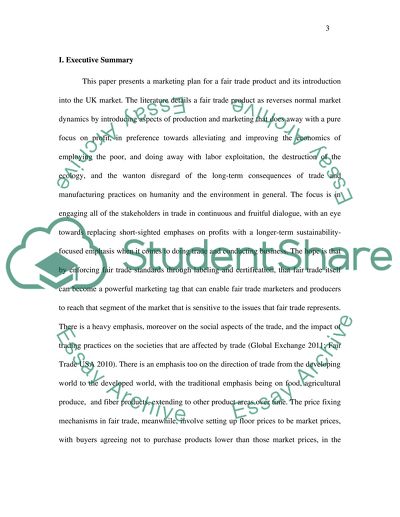Cite this document
(“Marketing Plan for a New Fair Trade Coffee Company Coursework”, n.d.)
Marketing Plan for a New Fair Trade Coffee Company Coursework. Retrieved from https://studentshare.org/marketing/1485789-marketing-plan-for-a-new-fair-trade-coffee-company
Marketing Plan for a New Fair Trade Coffee Company Coursework. Retrieved from https://studentshare.org/marketing/1485789-marketing-plan-for-a-new-fair-trade-coffee-company
(Marketing Plan for a New Fair Trade Coffee Company Coursework)
Marketing Plan for a New Fair Trade Coffee Company Coursework. https://studentshare.org/marketing/1485789-marketing-plan-for-a-new-fair-trade-coffee-company.
Marketing Plan for a New Fair Trade Coffee Company Coursework. https://studentshare.org/marketing/1485789-marketing-plan-for-a-new-fair-trade-coffee-company.
“Marketing Plan for a New Fair Trade Coffee Company Coursework”, n.d. https://studentshare.org/marketing/1485789-marketing-plan-for-a-new-fair-trade-coffee-company.


